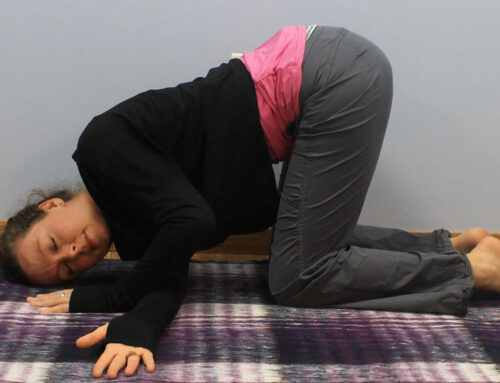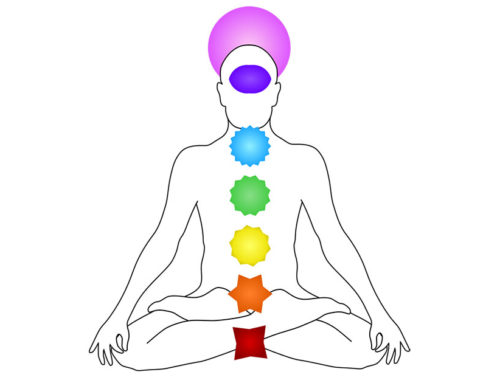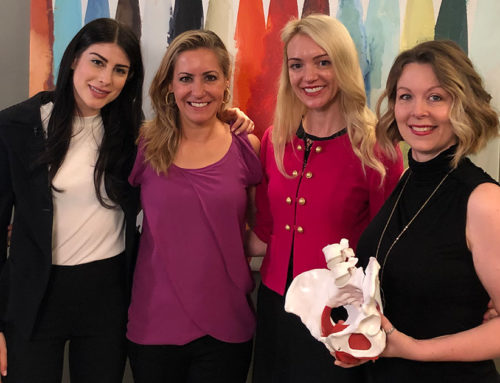This piece is part of our series “Transforming in the Mud: Finding Hope and Perseverance During Tough Times.”
As a physical therapist, it is my honor to work with people “in the mud.” I can see their potential, but being in physical pain with functional limitations is wildly exhausting and frustrating for people.
I can see their potential, but being in physical pain with functional limitations is wildly exhausting and frustrating for people. Our hope in sharing the not-so-perfect stories is to create a community where people feel less alone. Please welcome back guest blogger Nova who courageously shares her rehabilitation process with us.
This moment has been three years in the making.
It has been attempted dozens of times, but never yet to be an integral part of my daily life: the moment when I would walk with two sneakers, without a boot and a cane. I felt that this time would be different because it was a controlled terrain: on a treadmill, at one mile per hour, for one minute at a time.
I felt prepared and excited for this next chapter in my rehabilitation process. I did everything my doctors and physical therapists recommended down to the letter throughout these four years. Even unable to do weight-bearing exercises, I strengthened my core, my hips, my posterior chain, calves, ankles, and my intrinsic foot muscles.
I had very elevated expectations of my walking aptitude.
The first minute of that first day walking on a treadmill was an out-of-body experience. I could not activate of any muscles on my left side. I felt like what a baby deer looks like in their first steps of life. In a sense, I am also newly born.
After four years of chronic pain, I am trying out a foot that has endured four invasive surgeries. My heart has suffered the tremendous loss of loved ones and the grief of losing its greatest passion: my career dancing on Broadway. Despite these obstacles, I continue to pull courage from my reserves.
But on the treadmill that day, I felt an overwhelming sense of failure.
A rush of shame enveloped me: I could not remember how to do the seemingly simplest of activities, something I had been able to do without thought for over 34 years.
I fought back tears while a room full of physical therapists and patients watched as I fumbled my way through each of my five, one minute sets. Towards the end of the last set, my physical pain resurfaced quickly and intensely. I stepped off the treadmill, feeling defeated and embarrassed. I quickly got my things together and left in silent tears.
As I recount this story, I am reminded that a newborn human being does not walk right away. It can take anywhere from 9–17 months to begin this phase of mobility. The biomechanics of walking is anything but simple.
So tomorrow, I shall take to the treadmill with patience and curiosity, like an innocent child learning to find solid ground.
—Nova Bergeron Santana







Leave A Comment